After tapping the chimes at the Lakeville Post Office (gently, once!) I often admire the mural above the postmaster’s office door, painted in a style popular the last time the world was beset by a madman.
The title of the 1942 mural “Ethan Allen in Forge Making Cannon Balls” is displayed under glass, along with an interesting story. For years postal patrons hadn’t a clue who had painted it because the artist forgot to sign his work. In 1952, George R. Cox returned to Lakeville with a small can of paint and asked the postmaster for a stool to stand on so he could reach it, which explains the odd-looking smudge in the lower right hand corner in which his name appears.
I’d assumed that the mural was WPA art, created for FDR’s Works Progress Administration (changed to Works Projects later amidst criticism from conservatives) which put over 10,000 artists to work in the midst of the Great Depression. The WPA shifted the idea of art in this country, making people see artists as essential workers, changing artists’ ideas of even themselves. Willem de Kooning famously said that being part of the WPA’s arts projects enabled him for the first time to think of himself as an artist.
But the modest Cox wasn’t, in fact, a WPA artist. He was commissioned through another New Deal arts program, the Section of Painting and Sculpture located in (of all places) the Treasury Department. The Section was more prestigious than the WPA which required nothing of artists but they be locally based and unemployed. The Section commissioned artists from across the nation, selecting those with formal training and references. It also had a slyer approach to funding. It didn’t siphon federal and state taxes, like the WPA did. It taxed developers of large-scale buildings one percent of the cost of construction to be used for “artistic enhancement.” (The idea that contractors of large-scale developments should give back to the public in the form of art still persists. A friend constructing a fitness facility in Santa Rosa, California, just hired a local artist to enhance the side of it facing a highway, gladly complying with a municipal ordinance.)
The WPA provided art for city and state institutions while the Section provided for Federal buildings, like post offices. Between 1934 and 1943, the Section funded 40 murals for 23 post offices in our state, most of which can be viewed today.
In Torrington, murals in the post office tell the story of abolitionist John Brown as conceived by Arthur Covey in 1937, an artist who also painted the first floor decorations for Lord & Taylor in New York. One panel depicts the Torrington farmhouse where Brown was born in 1800, one of 16 children.
Both WPA and the Section had two rules for artists — no nudes and no political controversy. But Amy Jones, one of the few female artists the Section commissioned, got away with depicting controversy for the post office in Winsted, presumably because the debate had finally been settled.
Since 1802, the villages of Winchester (of which Winsted was largest) had quarreled about where to locate the town post office. The question eventually went to Washington, where according to local legend, President Lincoln said it gave him more trouble than the Civil War. He sent an emissary to mediate a decision but no decision was made until shortly before the mural was installed in June 1937. So isn’t its title “Lincoln’s Arbiter Settles The Winsted Post Office Controversy” a skosh misleading?
A bona fide example of WPA art endures in the upper building of Salisbury Central School. In 1935, Salisbury Board of Education’s chairperson Mrs. Herbert (Orlena) Scoville applied for WPA funds to “muralize” the history of the local iron industry. Salisbury artist Henry W. Tomlinson, painted seven panels depicting the area’s 19th century life. The panels were installed on the walls of Lakeville High School, which stood where the post office is today. So, in a way, WPA art did once hang there. Like generations before them, SCS students pass the murals each day, absorbing, perhaps without noticing, history they will carry with them into the future.
Helen Klein Ross is a writer who lives in Lakeville.
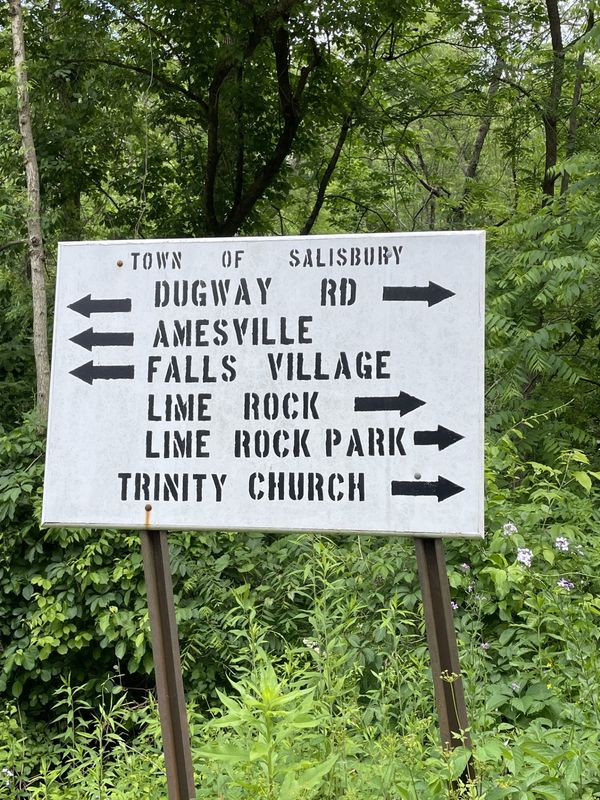

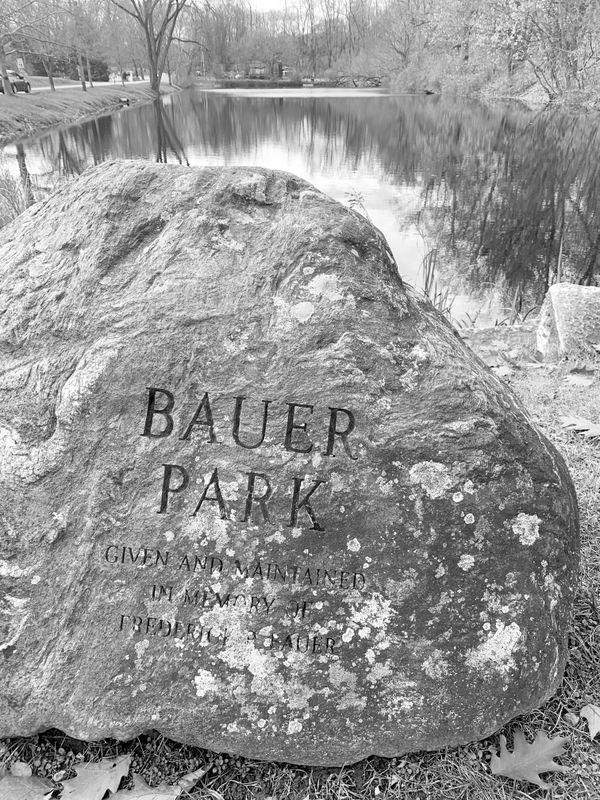

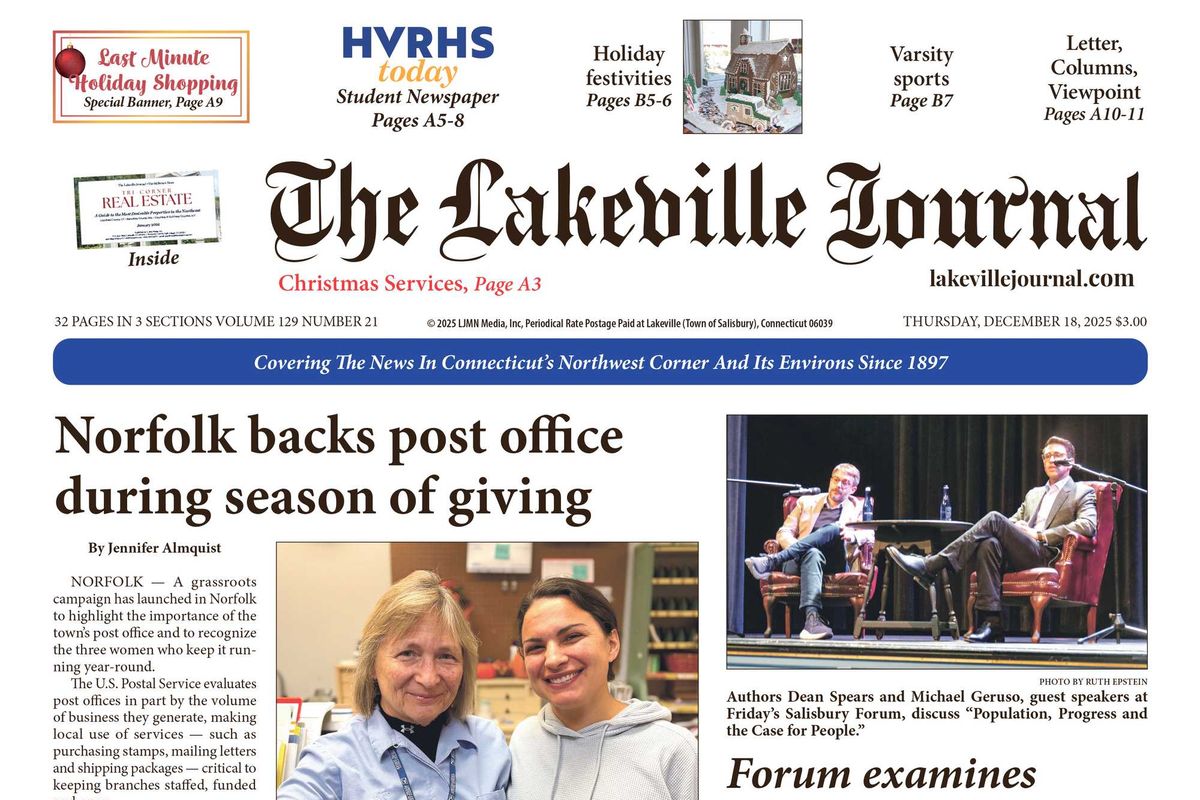
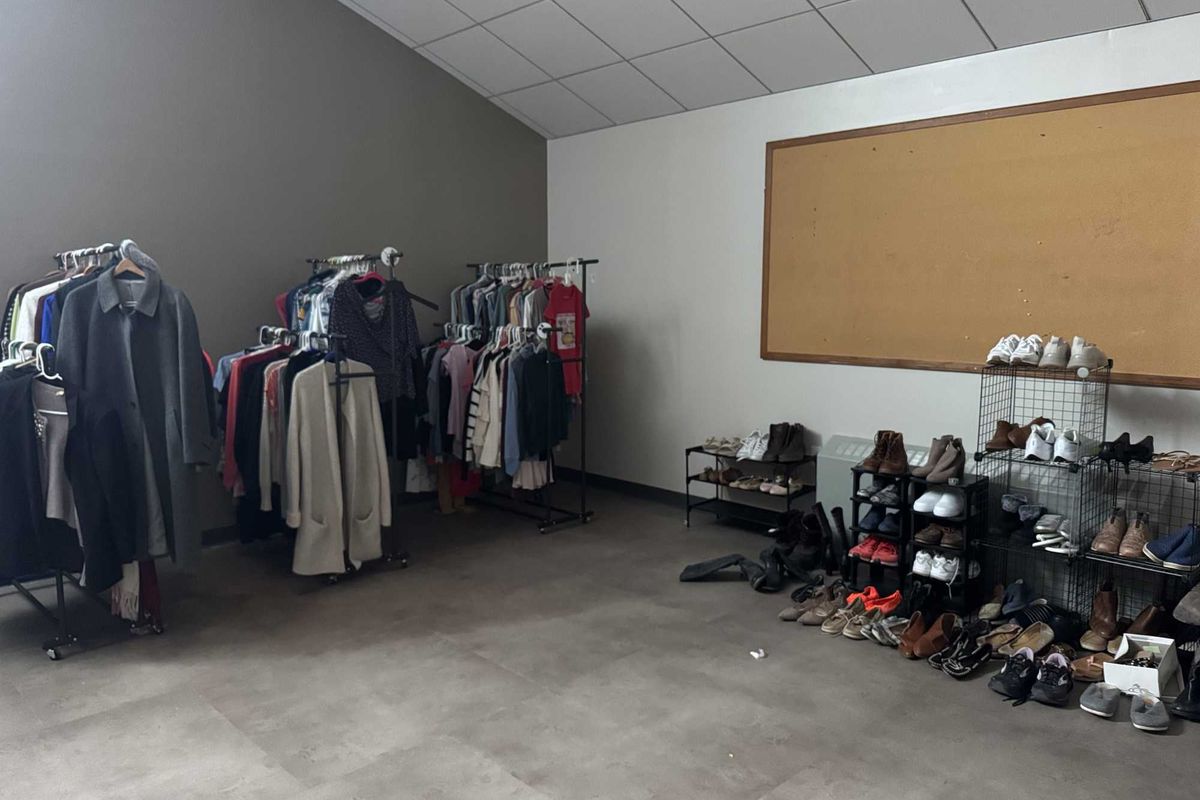
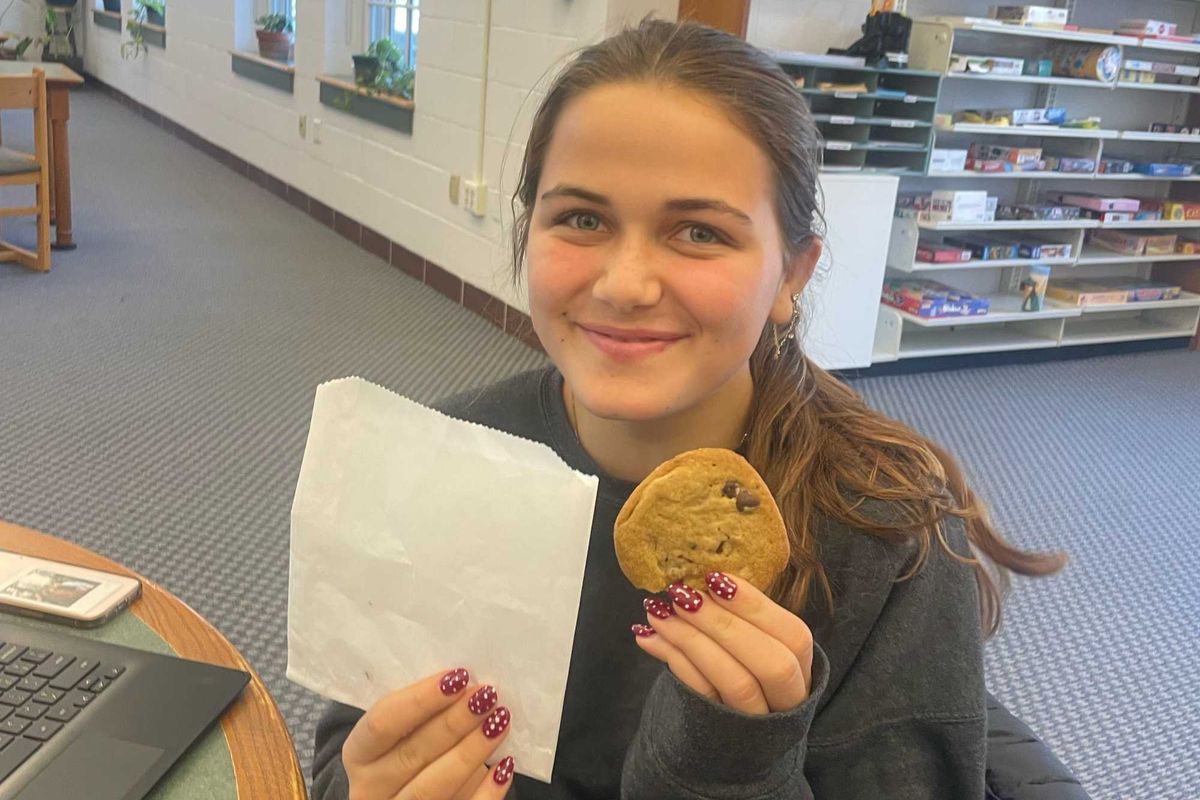
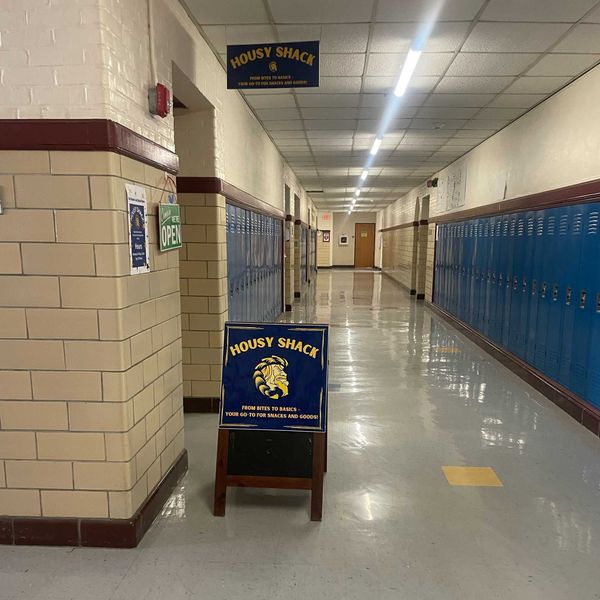 The Housy Shack open sign, welcoming customers in for cookies.Anna Gillette
The Housy Shack open sign, welcoming customers in for cookies.Anna Gillette 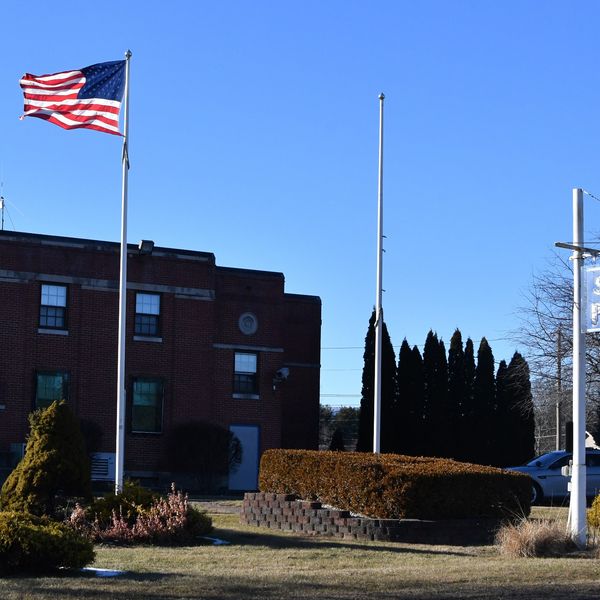
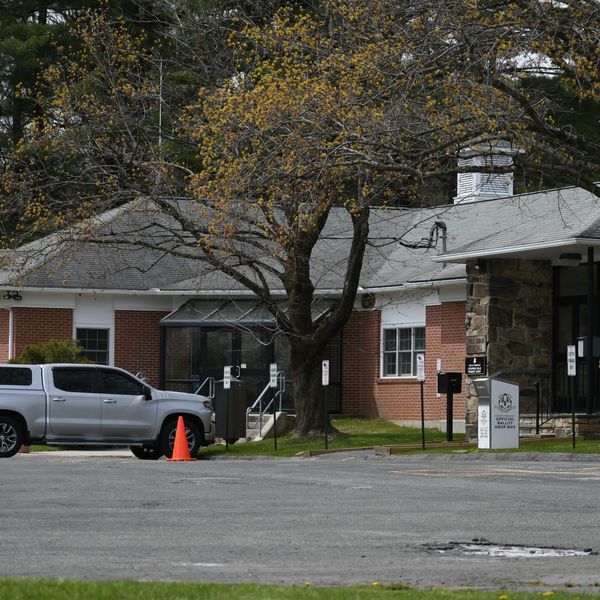
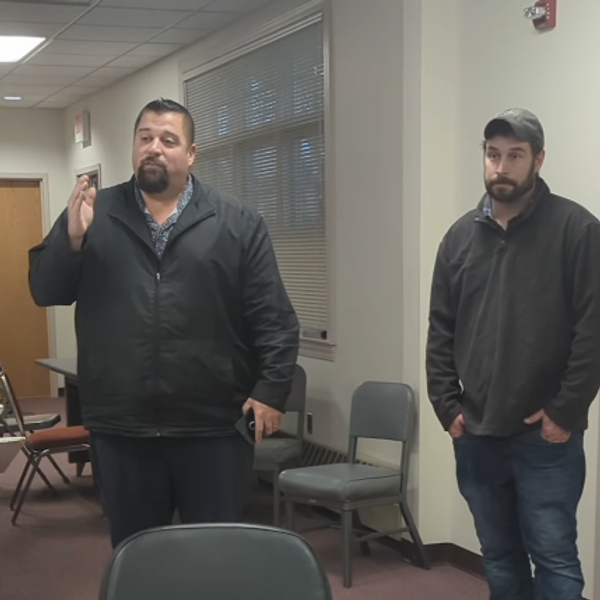
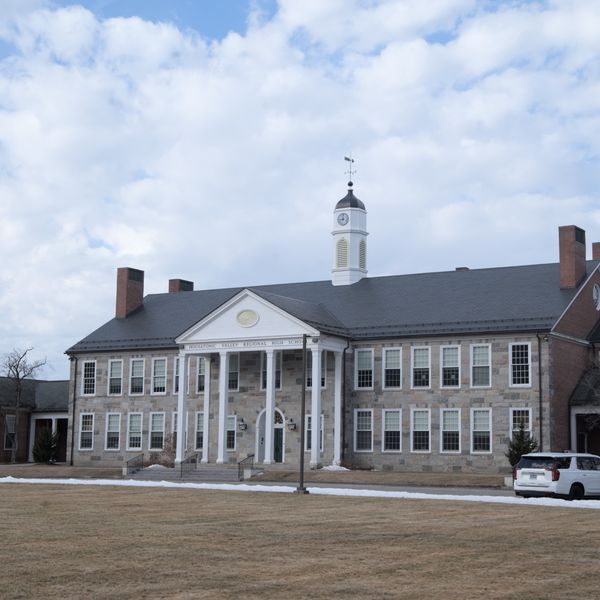
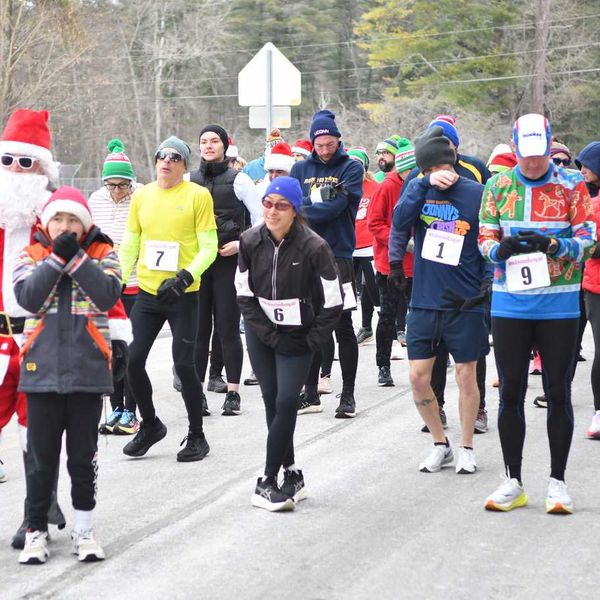
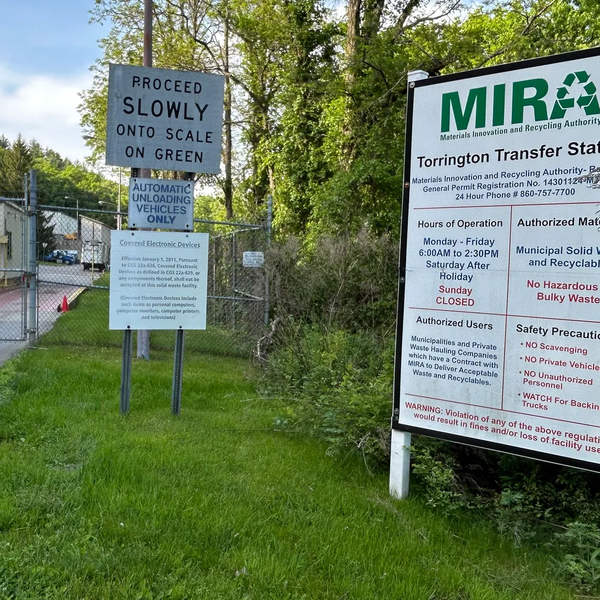
The unique stories of area post office art